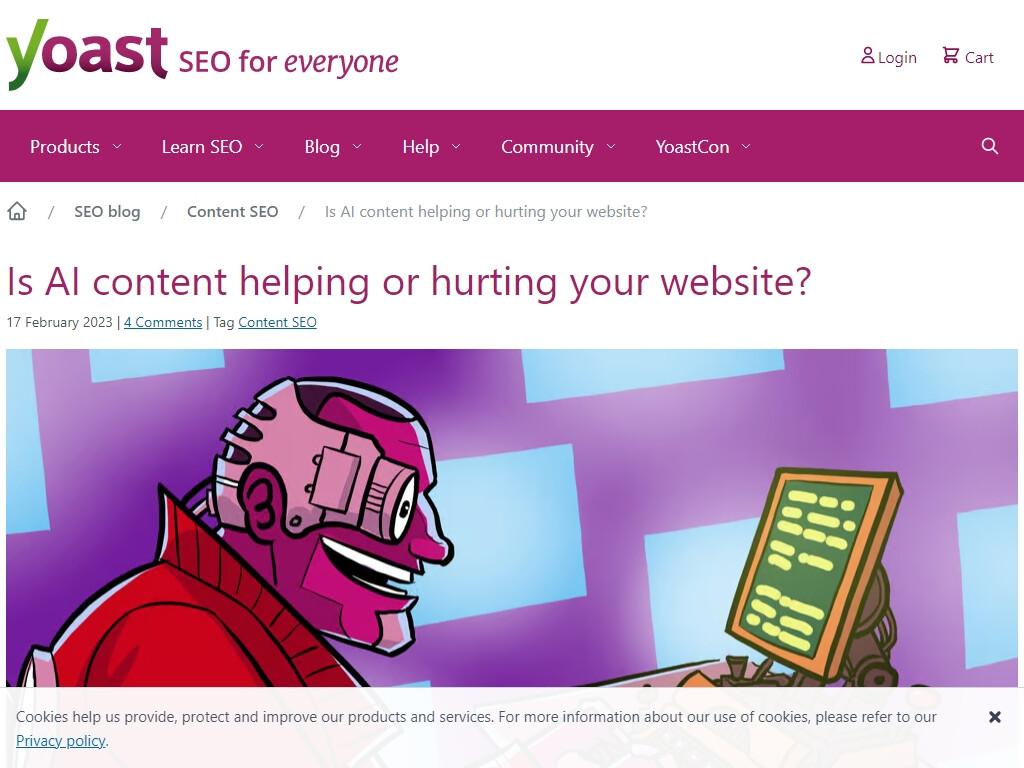Mastering the Art of AI-Generated Content: A Guide to Optimal SEO With Yoast
The future of content creation is upon us, with AI-generated content reshaping the digital marketing landscape. As more businesses and individuals turn to AI for their content needs, it's crucial to understand how these tools can be used effectively while maintaining SEO best practices. In this blog post, we'll explore Yoast's insights on AI-generated content and how you can optimize your content strategy for success.
Harnessing the Power of AI in Content Creation
AI-generated content tools like OpenAI's GPT-4 have opened new doors for content creators, offering a level of efficiency and innovation that was once unimaginable. With the ability to generate vast amounts of high-quality content quickly, AI has become a game-changer for digital marketers. However, it's essential to remember that SEO best practices still play a vital role in ensuring your target audience discovers and appreciates your content.
Yoast's Insights on AI-Generated Content
Yoast, a leading SEO tool and resource provider, has shared valuable insights on how to make the most of AI-generated content while maintaining optimal SEO:
- Keyword Research: AI-generated content can benefit from targeted keyword research to ensure it is relevant to your audience's search intent. Yoast's SEO tools can help you identify and incorporate the right keywords into your content.
- Content Structure: Organize your AI-generated content with clear headings, subheadings, and bullet points to improve readability and user experience. Yoast's SEO analysis can help you optimize your content structure for search engines.
- Readability: Yoast emphasizes the importance of readability in AI-generated content. By analyzing your content's readability with Yoast's tools, you can make adjustments to ensure it is engaging and easy to understand for your audience.
- Meta Tags and Schema Markup: Enhance your AI-generated content's search engine visibility by using Yoast's tools to create descriptive meta tags and schema markup. This will help search engines better understand your content and improve your search rankings.
- Monitor and Analyze: Regularly monitor and analyze your AI-generated content's performance using Yoast's SEO tools. This will help you identify areas for improvement and ensure your content remains optimized for search engines.

